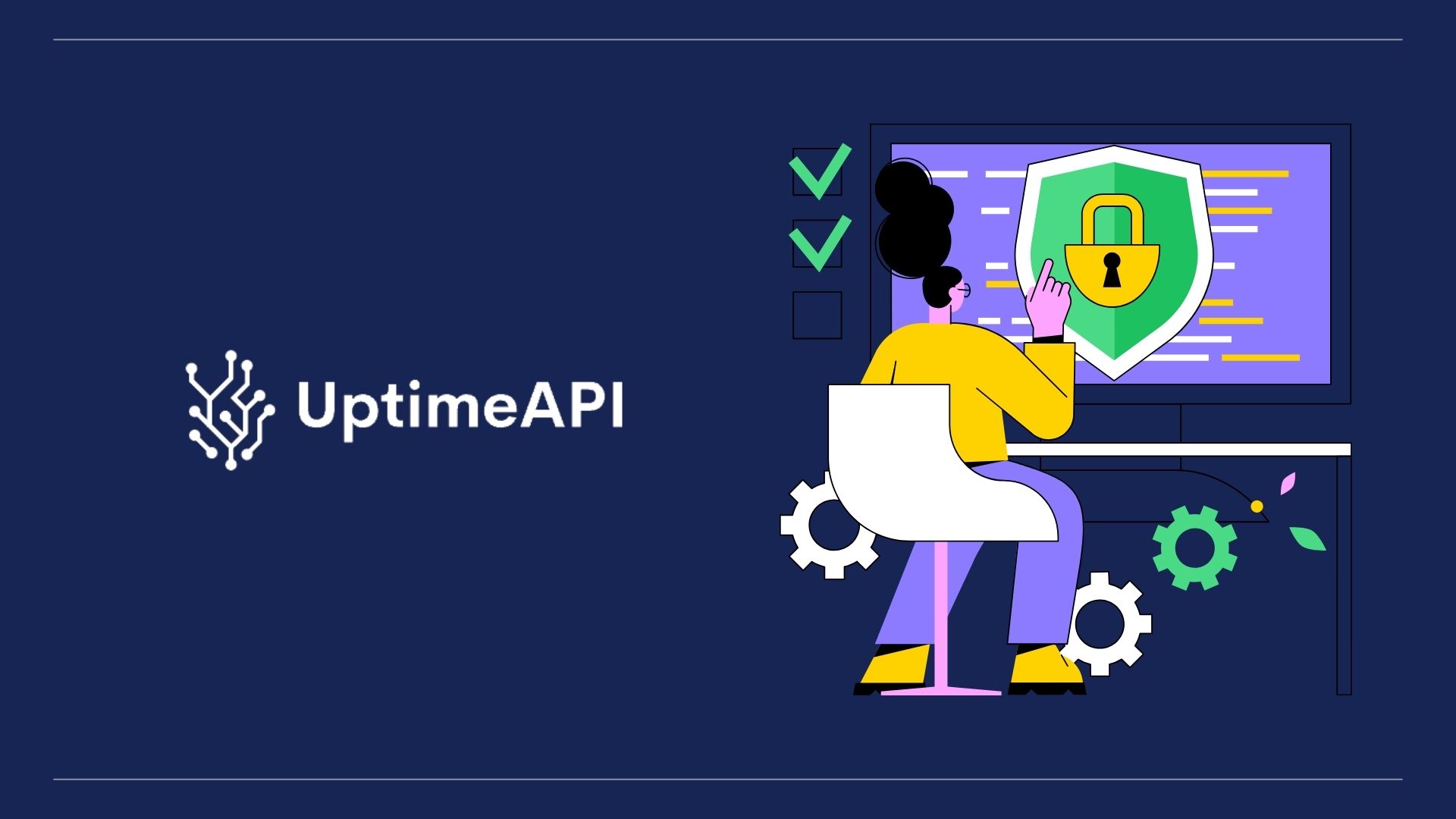API Monitoring Tools: What You Need To Know

APIs (Application Programming Interfaces) are the essential channels that allow software systems to communicate, share data, and provide smooth user experiences in the world of contemporary apps. In order to meet user expectations and preserve operational efficiency, it is now critical to use API monitor tools for tracking performance as digital ecosystems develop. In addition to outlining the need of keeping an eye on API performance, this article covers the fundamental role of APIs and gives a summary of the tools available for doing so.
Understanding the Role of APIs in Modern Applications
APIs act as intermediaries that enable different software components to communicate and interact with each other. They facilitate the integration of diverse functionalities across platforms, allowing applications to access services and data from external sources efficiently. From enabling social media logins on websites to powering complex microservices architectures, APIs form the backbone of today's interconnected digital landscape.
Importance of API Monitoring Tools
To make sure APIs function well and provide consistent performance, monitoring API performance is crucial. Critical services provided by APIs are essential to organizations, and any outage or performance reduction in APIs can have an immediate negative impact on user experience, business reputation, and operational continuity. Good monitoring reduces interruptions and maximizes service delivery by anticipating problems and taking proactive measures to resolve them before they worsen.
Tracking and controlling API performance indicators is made much easier with the help of API monitoring tools. Real-time monitoring, analysis, and optimization of API behavior can be achieved with the range of functions provided by these tools. Organizations can sustain high standards of scalability, security, and dependability in their API operations with the help of API monitoring solutions that offer actionable insights and alarms.
Tools for monitoring API health and performance provide proactive management through continuous surveillance. Through early detection of possible bottlenecks or capacity difficulties, this proactive strategy enables enterprises to guarantee seamless and uninterrupted API operations. Dynamic changes to API setups and resource allocations are made possible by real-time data analytics in API monitoring tools. Organizations may provide consistent service levels to end users, improve API availability, and optimize API performance by utilizing real-time data.
Uptime API
With Uptime API, you can monitor your APIs. It works by regularly confirming that your APIs are up and running and performing as expected. Setting up monitors is easy. To set up monitors, you need the target API endpoint URL and the ability to change the watch's timeout and interval parameters. While timeouts indicate how long an API will wait for a response, monitoring intervals show how frequently an API will perform health checks. You may customize monitoring to your needs and preferences with these settings.
Right from your API dashboard, you can set up alerts and select which contacts will receive notifications. You may then utilize this to notify your team. Thanks to its many configurable features and monitor constraints, you may choose the package that best meets your monitoring needs. In order to track variations in API performance and availability over time, it also provides historical data and analytics. Make your logs accessible so you can look into any issues with the API.
Analyze past performance patterns and base your choices on the truth. To reduce disruptions, alerts can be customized to your needs. swiftly and efficiently using data to monitor APIs. Whether you prefer webhooks, SMS, or email for your alarm notifications, you may select the one that best suits your requirements.
